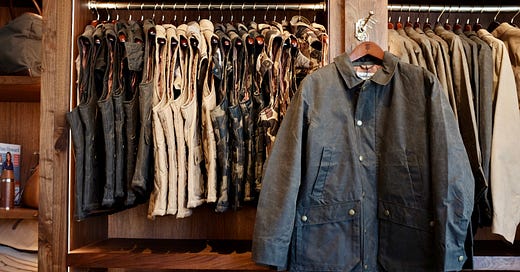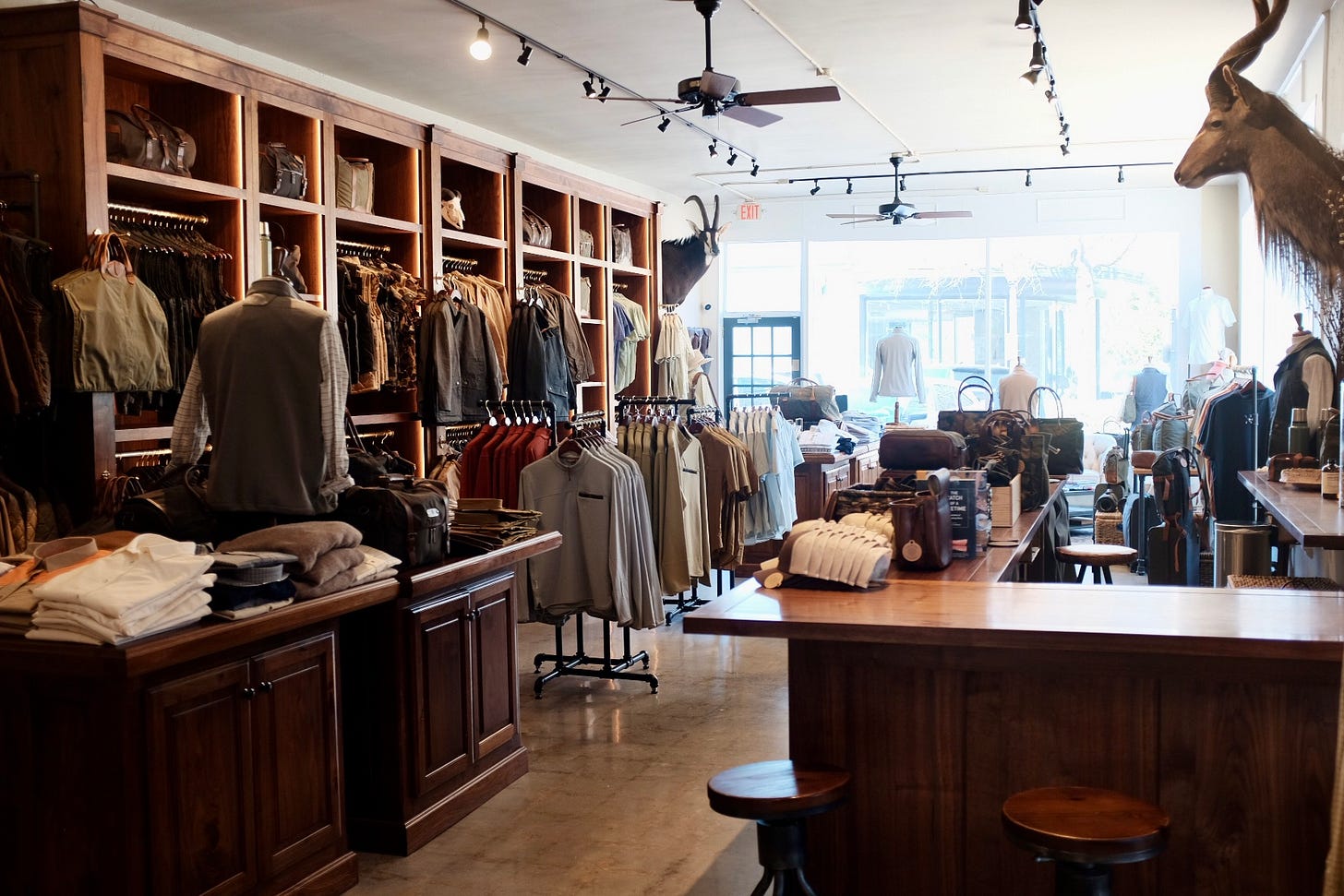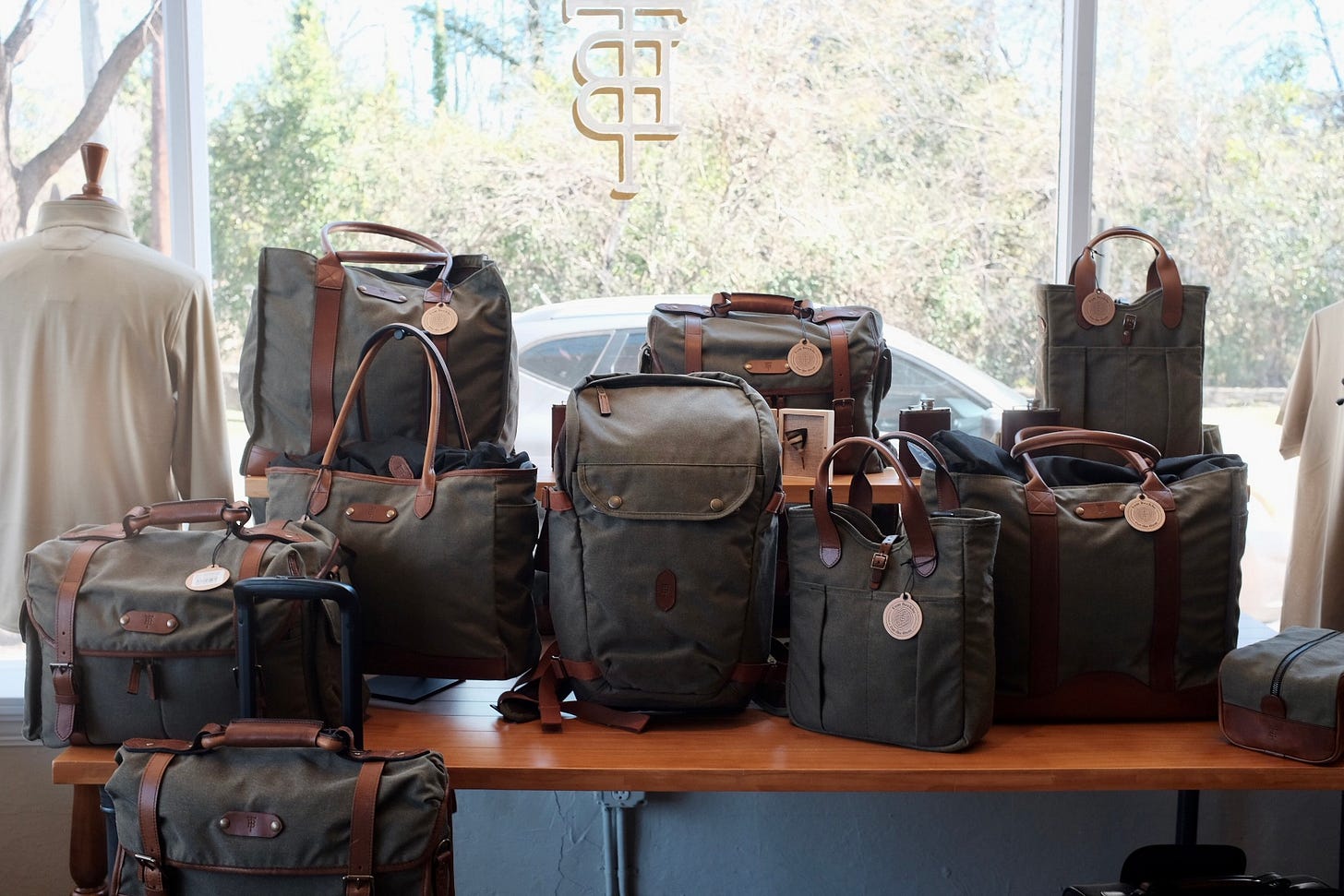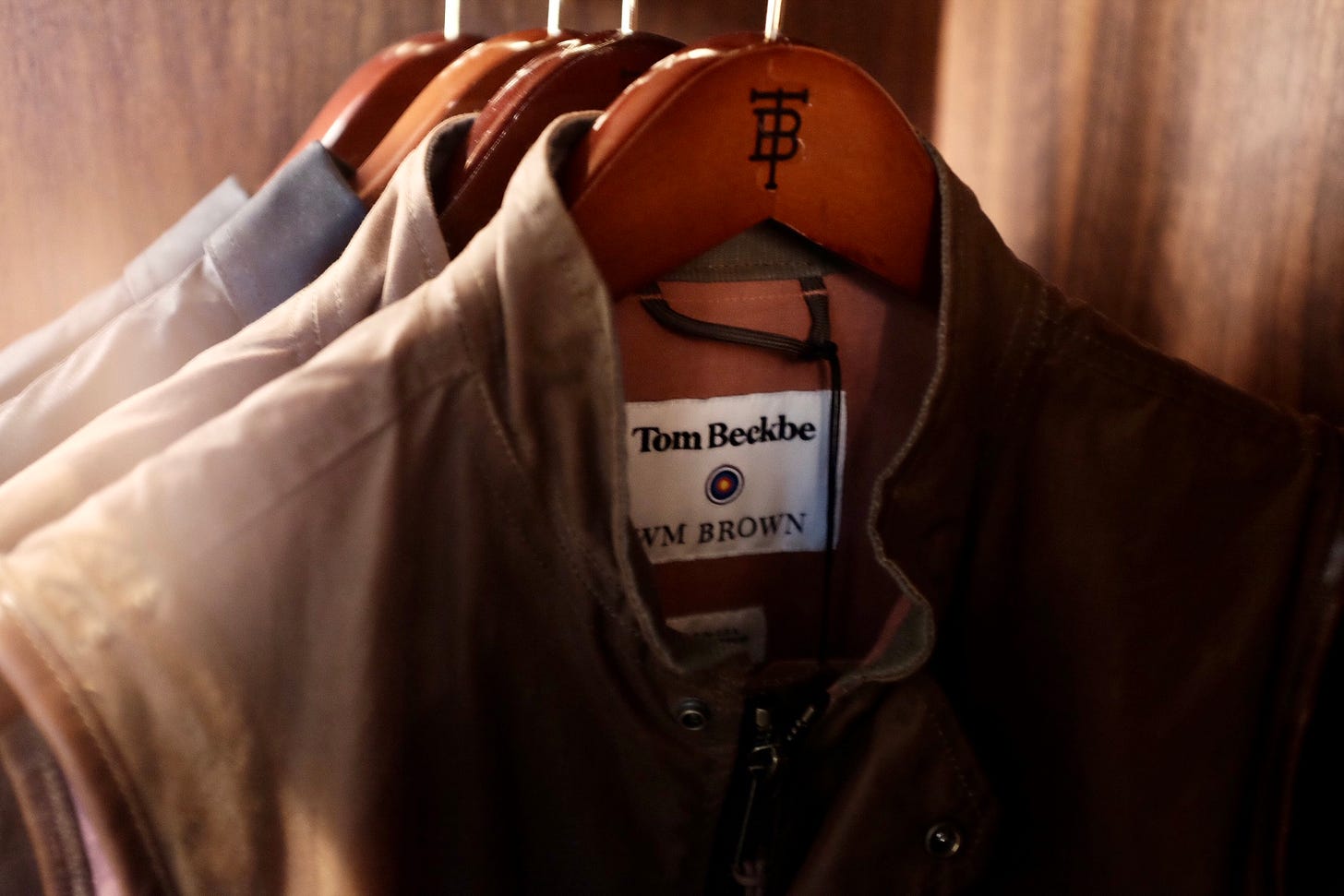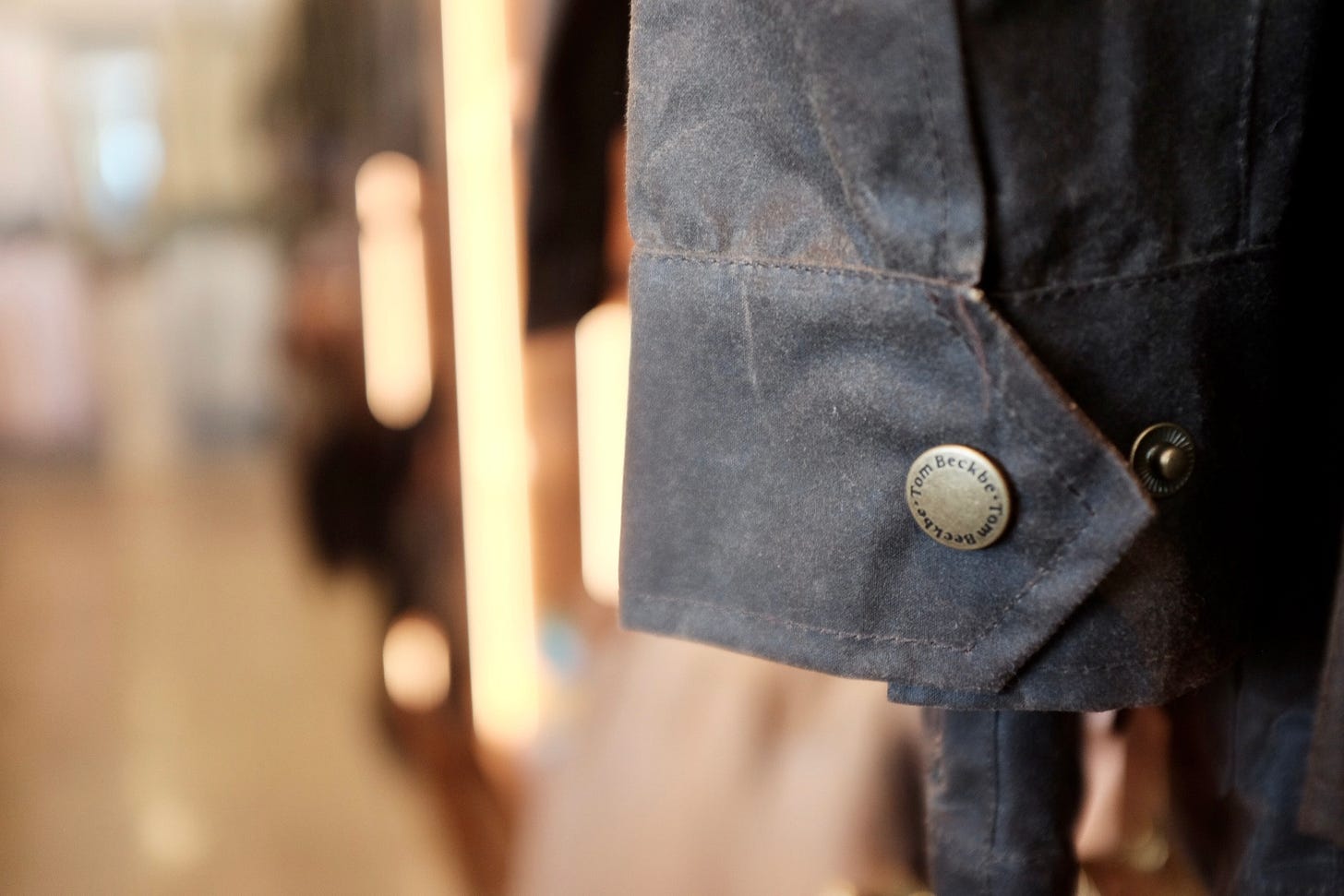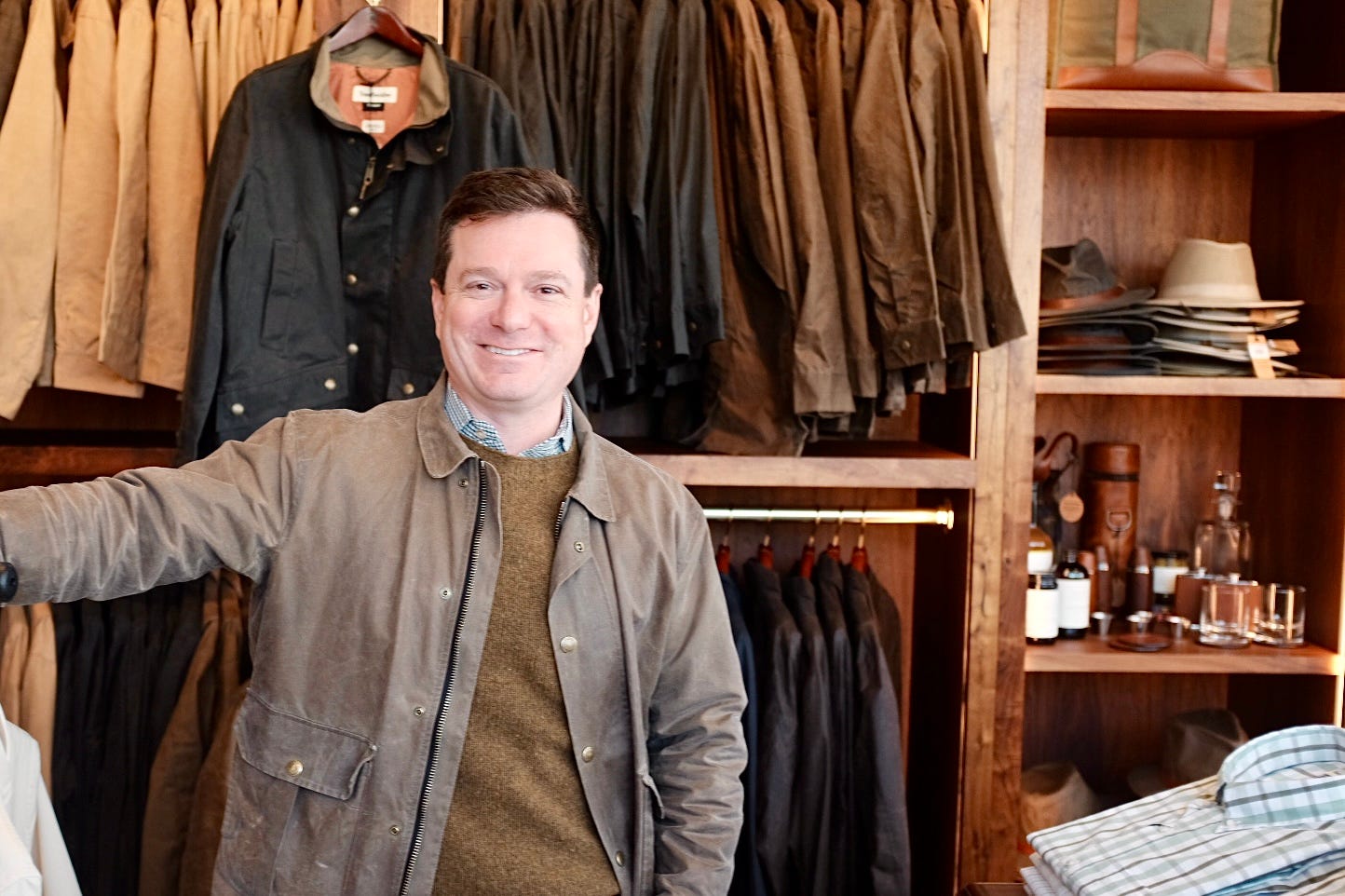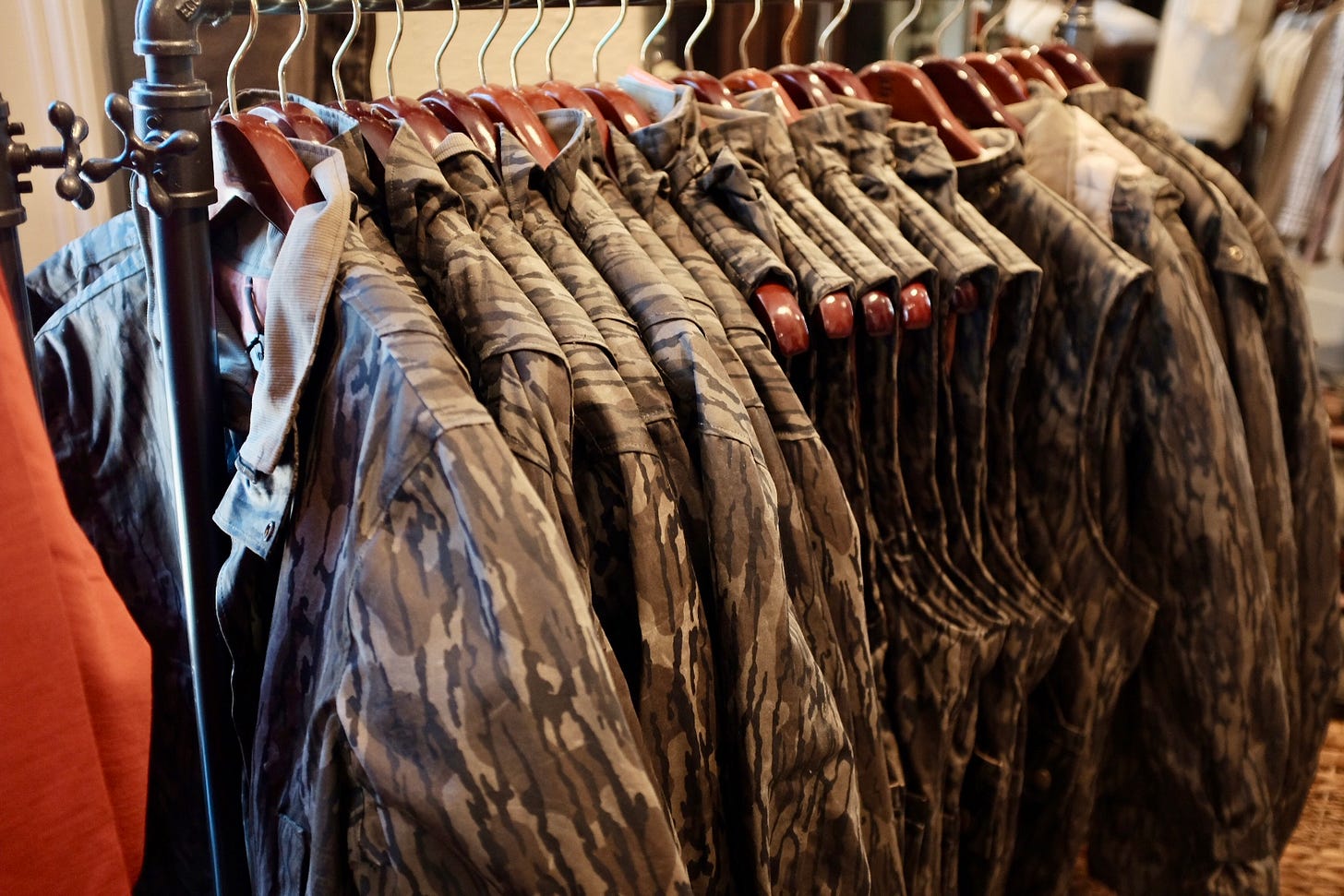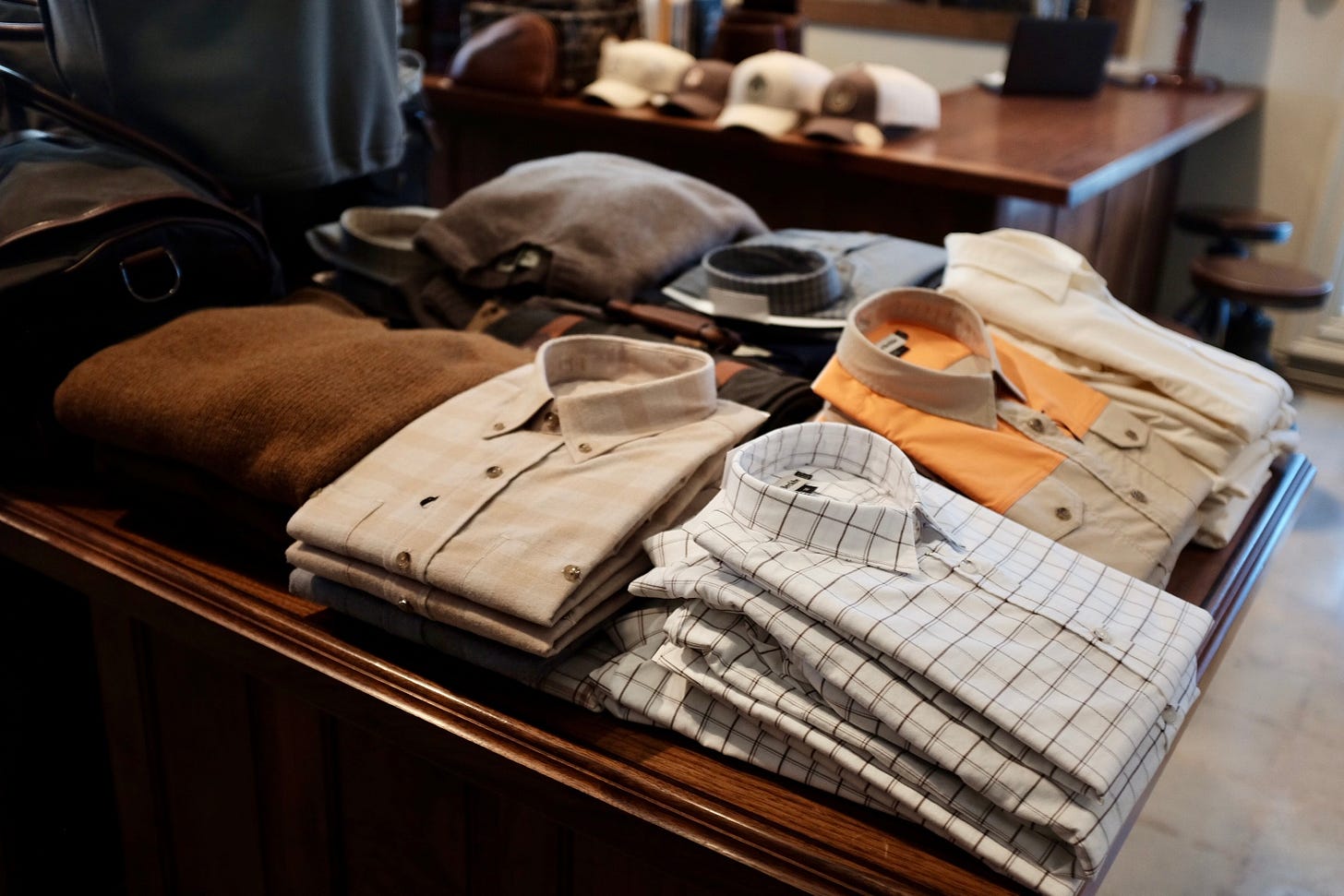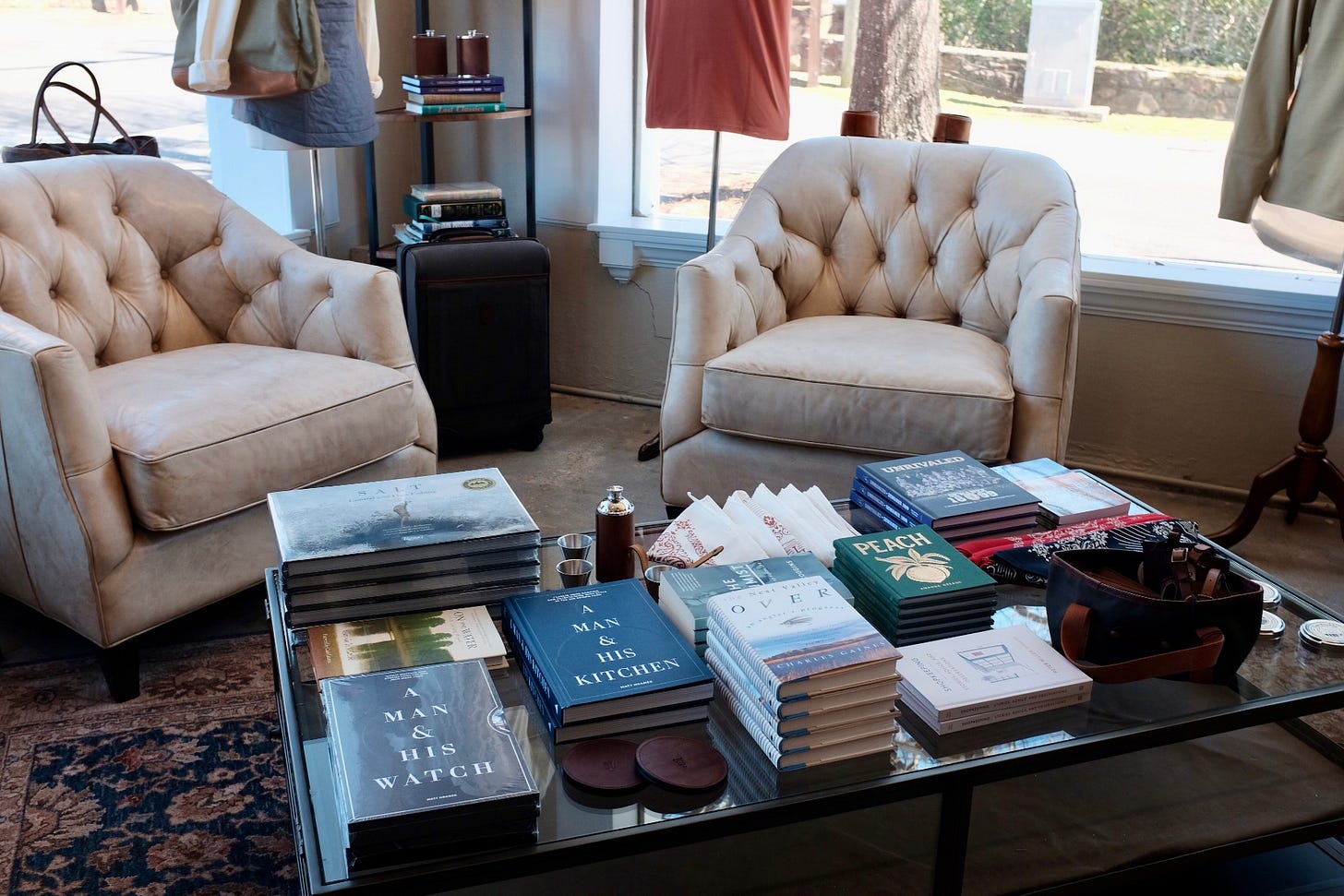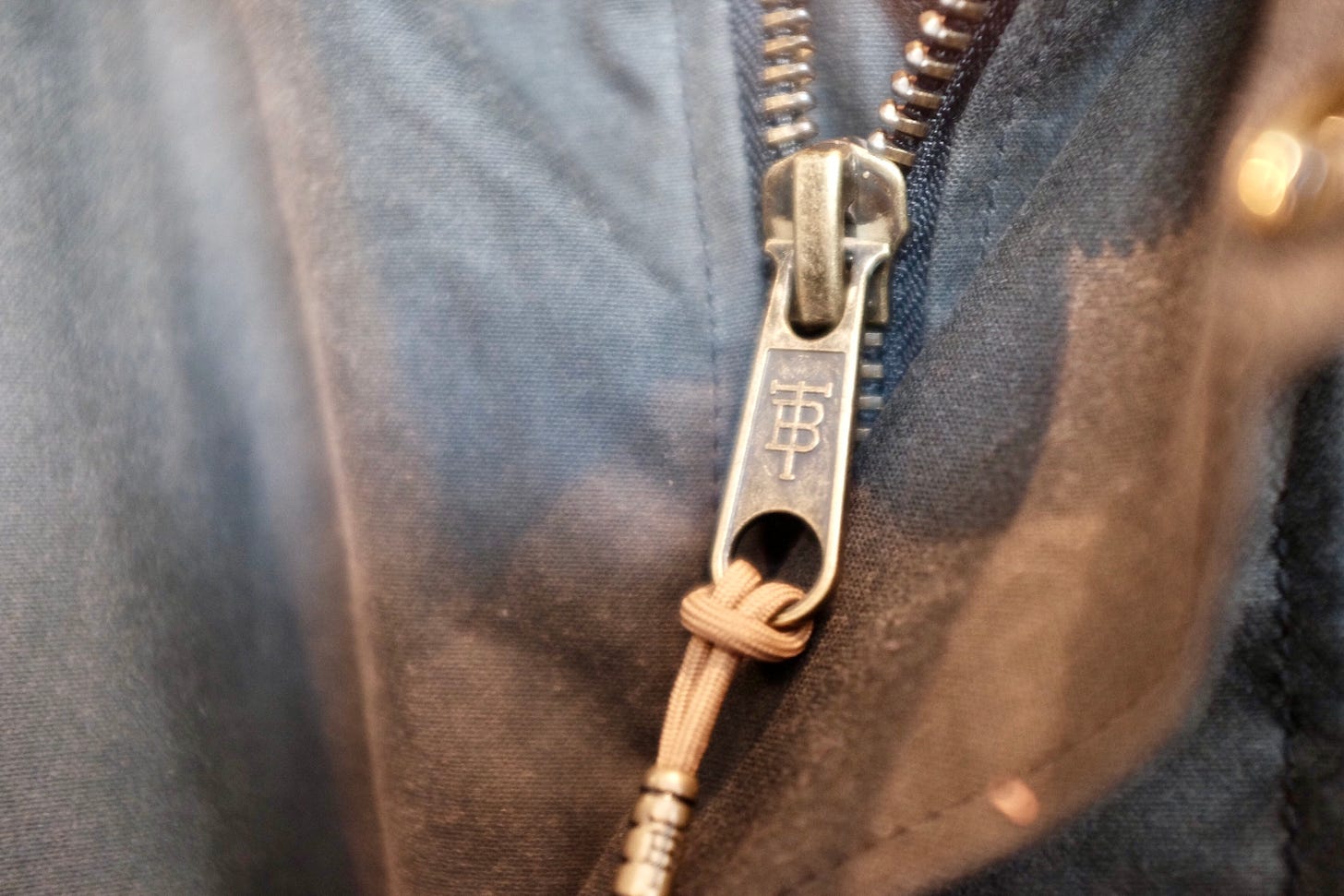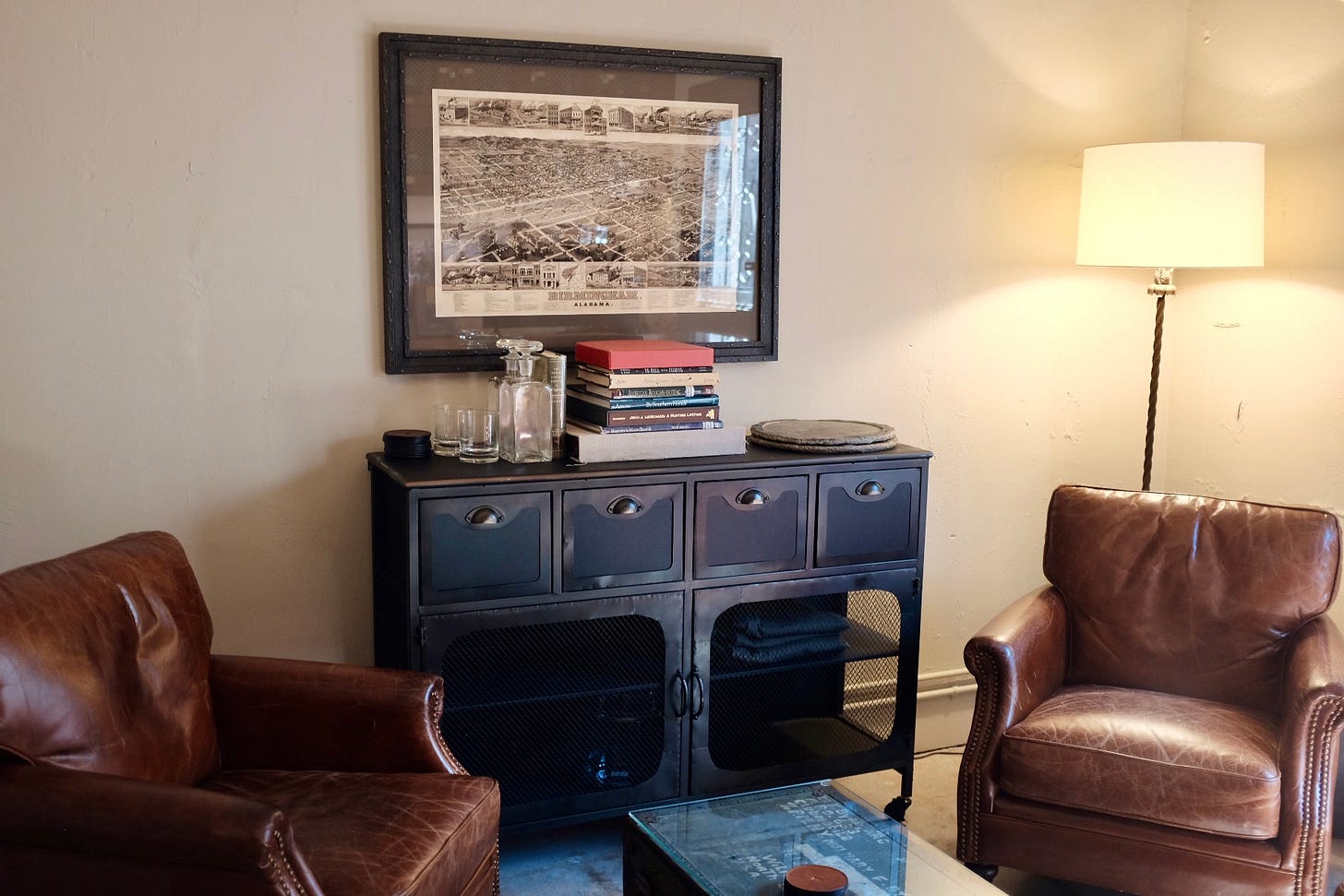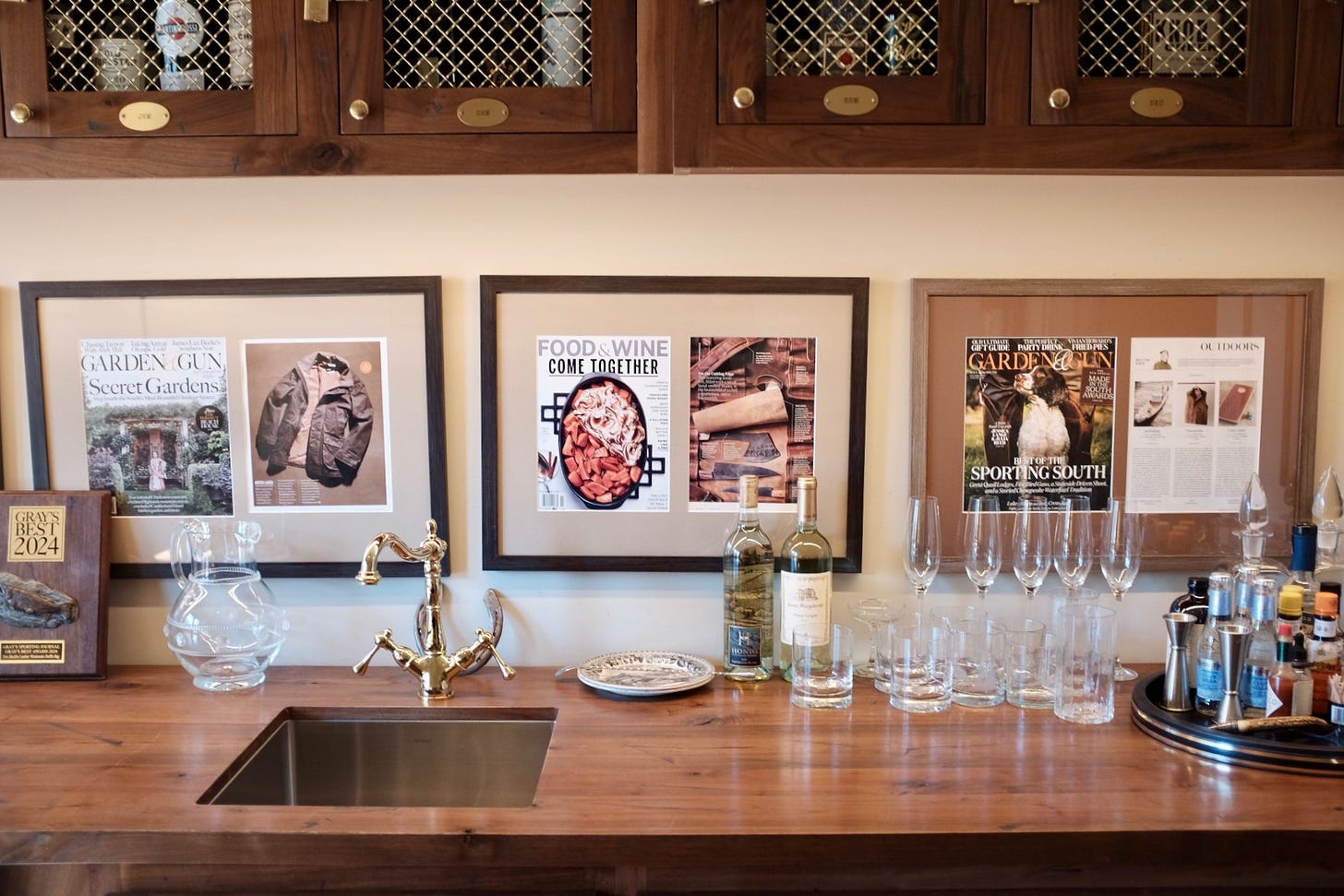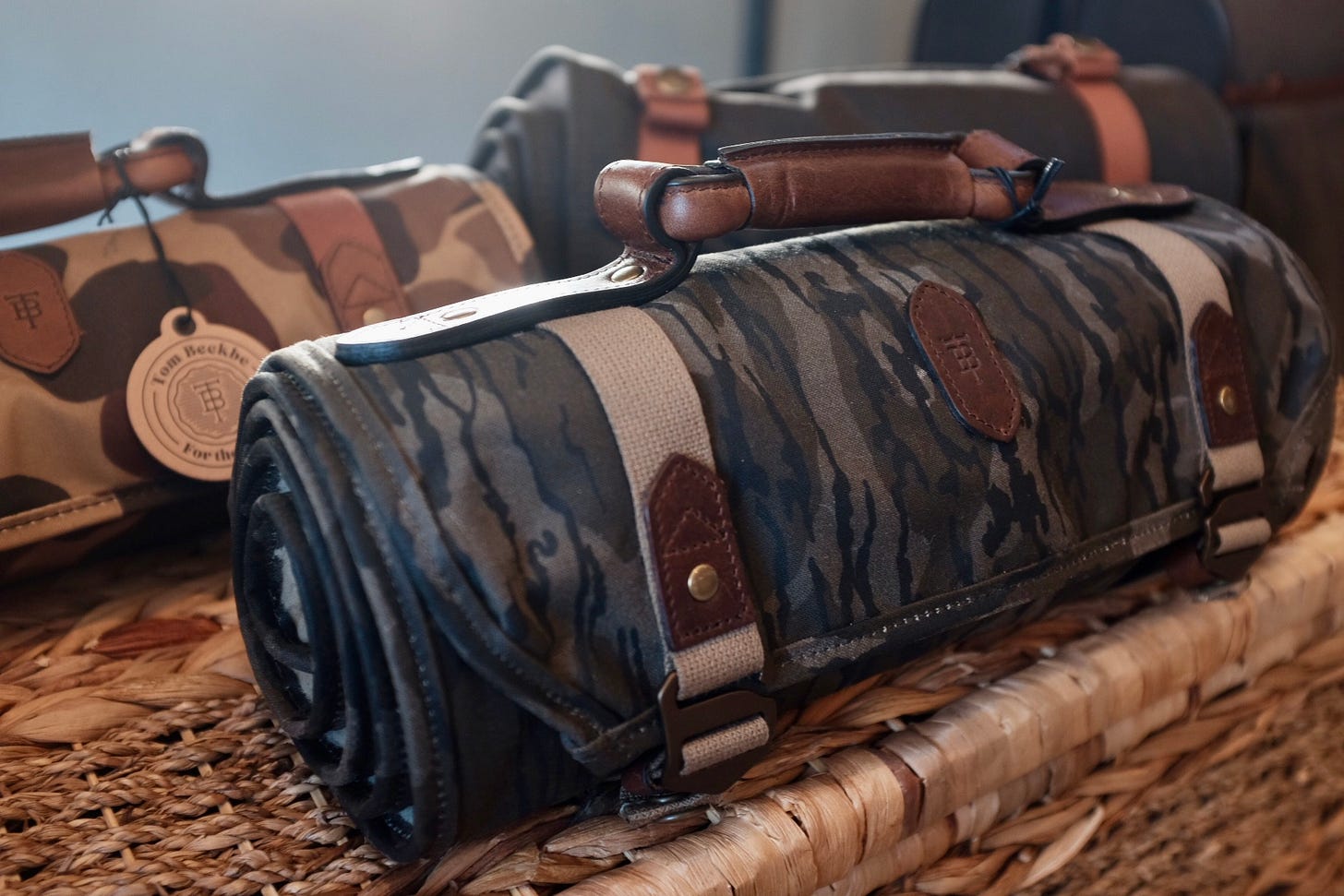The air feels crisp, with a somewhat aggressive bite. But somehow, each breath still feels undeniably friendly. You hear nothing more than the soft sound of an excited dog panting, and some occasional small splashing from the water. It’s early. And by some peculiar mind, you begin to consider why you decided to wake up before sunrise and spend your morning wading in a river. Yet just as suddenly, you know why. The sound of a duck call *quack-quack-quack* begins to echo over the running water. Feathers begin rustling rapidly to the tempo of your beating heart. You turn to the horizon, rifle in hand, one more deep breath, as the waterfowl begin to take flight, and you begin to take aim. *BANG* rings across the sky. Then a sudden splash, larger this time, hits the water, and you begin to see more ripples running towards you than away. Your dog is let loose with determination in its eyes and returns to you with both pride and a prize.
Hunting is a sport as old as humankind, and you must always come prepared. Whether with a wax canvas jacket to keep you dry and warm, or an NES zapper to help you reach a new high score, you can’t come home with your game without the proper gear. The ideal sportsman has changed over the years and has become synonymous with different cultures. Beginning in Birmingham, Alabama, is a place called Tom Beckbe that captures the essence of a true Southern American sportsman. I sat down with their founder, Radcliff Menge, to discuss the story of Tom Beckbe, his best advice, the importance of conservation efforts, and how you too can get involved.
The Place: Tom Beckbe
1. What’s The Story?
2. What Makes Your Brand Different?
3. First Pieces?
4. Describe The Style
5. Events?
What’s the story?
The origin of Tom Beckbe is in some ways simple and in some ways a little more complicated. The simple part of it is, I had been living in New York with my wife Mary, both of us had been full-time practicing attorneys, and we moved back to Birmingham in 2013.
I grew up in Winchester, Virginia, but I had clerked for a federal judge here right after law school, and Mary had spent two summers here working for law firms. We met in law school, got married, and then we moved to New York. After spending four years in New York, when we knew we were ready to leave, not because we were tired of the city, quite the opposite, but we just knew that we were entering a new phase of life and that we wanted to be back closer to family, and Mary's family was in South Alabama, while my family's got a lot of Alabama connections.
When we moved down here, our professional schedules weren't as demanding, so we had free time on our hands. That little bit of flexibility in my schedule gave me the opportunity to pursue what was essentially a custom jacket project.
I designed a waxed cotton jacket in 2013 that was supposed to be a one-off custom piece just for me. The goal, quite simply, was to have a jacket that looked American, was made in America, and had just a bit of a different styling than the other jackets by well-known brands. That jacket had people asking where they could get it. So, we spent another year or two trying to figure out how to produce apparel in the U.S., which, as it turns out, isn’t easy.
In 2015, we took that jacket design, graded it for sizes small through XXL, and had a manufacturer in the Midwest produce a run of 100 of them. We built a little brand around it for fun, and that was Tom Beckbe.
The origin of the name is the old French name for the Tombigbee River, which for people who aren't familiar with Alabama and eastern Mississippi, is the river that flows from the foot of the hill country in eastern Mississippi, crosses the border, and then flows along the western side of Alabama, south, and empties into Mobile Bay. Even though I grew up in Winchester, Virginia, my grandfather was from Mobile, Alabama. He had a place where I grew up learning how to hunt and fish with him, just north of Mobile, near the Tombigbee River.
So when Mary and I knew that we had this custom jacket that we wanted to turn into a product and build a little company around it, we wanted there to be a personal connection to us and to Alabama. We had a big board of names that we thought were potential brand names. We kept looking at the name Tombeckbe and realized that if you just split the word Tombeckbe into two words, Tom and Beckbe, then you created a fictional person that would allow people to project their own idea of the ideal southern sportsman.
It felt like a great blank canvas to us to produce a jacket and just see where it went. We had no grand designs or crazy ambitions, but fast forward a year, and Garden & Gun Magazine got their hands on one of those first jackets. David Dibenedetto selected it as editor’s choice in the sporting issue for “Things You Gotta Have” in 2016.
I was still a full-time practicing lawyer at the time, so the article somewhat forced me to come clean at work that I had a side hustle, but to me, it was really just a hobby in the evening. But by the next year, it was obvious that there was demand beyond one jacket and two colors. So, I left the practice of law on February 28, 2017.
Since I've been out of the practice of law, I’ve had no intention of going back. The company started with the Tensaw jacket, then it was the Kinsman Vest, which ended up being a finalist for the Made in the South award (so again, tipping my hat to the editorial team at Garden & Gun for their help in the nascent phase of Tom Beckbe). The joke with the vest there was that it's the kin to the jacket. We added a field hat and a duffel bag, and we were off to the races.
In the first few years of running Tom Beckbe full-time, I was really learning how to run an apparel company, which is everything from design to production to finance, accounting, and all the back-end things that get you from a concept to the full-scale production of a garment. Of course, I’m still fine-tuning that process every day.
What makes you different from other wax canvas brands?
I think the DNA is different. I’ve never worked with another brand, so I can't speak for how other brands approach their creative process. I can only tell you how we do it. I think one of the things that differentiates us is a singular focus on the customer. We have a profile for who the customer is. It's generally a more discerning customer. Someone who enjoys the outdoors, whether that's hunting, fishing, riding, or just the country lifestyle. That person is very opinionated, not just about fit, but material, and color. They absolutely want something that can be used in the field. It's not a costume. Gear that’s actually functional, looks and feels great, which then in turn makes the person wearing it look and feel great. I think that’s what people know us for. We may overdo it sometimes with quality, but we have a very distinct focus on not necessarily trying to produce more, but to produce better. We don't try to be everything to everyone. We know what our lane is, and that's where you'll find us.
First pieces someone should get here?
You've got to start with product number one. The Tensaw jacket. The whole brand is built around that jacket. Every year, I think this is going to be the year that the Tensaw runs out of gas, and every year we sell more. It's the core DNA of the brand, which is built around wax outerwear. The Tensaw has always been made in the U.S., remains made in the U.S. It's noticeable in a crowd for a few different reasons. One, it has a tall standing collar that's designed to get you in the jacket, out of the wind, and keep your neck warm. It has an Alabama clay liner on the inside. When we first started the company, we were actually dyeing cotton twill here in the Birmingham metro area with actual Alabama red clay. That's where we came up with the unique color. What's great about it is that it’s an earth tone, but it gives you a nice flash of a bright color that contrasts with the browns and greens that we traditionally use on the outside.
From there, we've got lighter-weight wax in a slimmer silhouette. We've got shorter jackets with a trimmer fit for more of a ranch or western look. We've got wading length jackets for waterfowlers. We've got insulated jackets for people who are looking for something with a higher thermal rating. We've got jackets with hoods. We've got vests. But all of those jackets are iterations of the original course silhouette. You can ratchet up or ratchet down the design features for your needs.
How would you describe the style?
Elevated Outdoor. I asked a good friend of mine, “I’m always curious, what do people say about the brand behind our backs?” What he said was, “Quality. Quality product, quality people, quality branding and marketing.” I'd like to think that when he says quality, what we're communicating to people is that you can have better outdoor gear that’s still highly functional.
What sort of events/programs do y’all host?
We like to make introductions to people that our customer may not know but will find interesting.
A great example of that is a wonderful event with Wonderbird Gin from Oxford, Mississippi, that we had in our Birmingham store last year. Our customers are interested in more than clothes and gear. They're interested in a full cultural landscape. We hosted a book signing here with Matt Hranek from the William Brown Project. Matt and I actually went Quail Hunting too, which was awesome. We hosted David Coggins, the writer, in Oxford last fall. He wanted to see an SEC football game, so we did that along with a book signing. We've had the best British gun maker, Westley Richards, as an event here. We've done an event with spirit companies like Pinhook Bourbon as well. We're always trying to contribute more than just being a retail venue where people can come in, purchase, and walk out the door. We like to think of it serving a larger culture and community, ultimately with people we find interesting, and think that folks here will too.
The Person: Radcliff Menge
1. Who Are You?
2. How’d You Get Into Design?
3. Favorite Hunt?
4. Wise Words
Who is Radcliff?
I'm originally from New Orleans, but moved very young, so I say that home is Winchester, Virginia, for me. I went to the University of Virginia, and then I went to Washington League Law School. I practiced law for almost 10 years. I was formally trained as an attorney, although I haven't practiced law for over eight years now.
I would say the most important thing is that I'm a dad. I've got two boys, nine and four, and they're priority one, two, three, four, and five. We live here in Birmingham, which has been a great place to raise a family. My personal interests are the outdoors, and I especially love to hunt. I own a pointing dog, so I enjoy wing shooting and upland hunting. I've become more of a waterfowler over the last 10 years, which has been fun for me. I did not grow up duck hunting, so I have what people would refer to as adult-onset duck hunting.
My original passion in the outdoors was turkey hunting. If you go back to the origins of me getting passionate about the outdoors, my grandfather was a tremendous turkey hunter, and he and I were close growing up. So I turkey hunted with him every year. Part of what I love about duck hunting is what I loved about turkey hunting, which is just the wild unpredictability of it all. The ducks have complete freedom and agency. They don't have to be anywhere. I think there's something romantic about the freedom that birds have in interacting with them and then pursuing them as game.
How’d you get into clothing design?
I think that the folks here would tell you, much to their chagrin and everyone remotely adjacent to me, that I’m extraordinarily particular. I hate dressing like everyone else. I had a wax jacket that I got in the late 90s from a ubiquitous brand. When I realized, living in New York, that not only was I dressed like Sam Waterson from Law & Order but also everybody else, I knew I wanted to look a little different. That was the initial motivation.
The second-order effect of deciding that you need to look a little different is that you then have to decide how is it that you want to look. So, if you took a classic British wax shooting jacket and you wanted to make it look a bit more American, how do you do that? The original thesis being, I'm American and I don't shoot driven grouse in England. So, what does a classic American sporting jacket look like? There are legions of brands that exist or no longer exist that you can pull from the archives to get an idea of what the American silhouette looks like versus a more traditional European style. If you start there, then you really go down the rabbit hole of details. Once you go into that bag of old design tricks and come out, you can put together something that's unique, different, and yours. So, for me, that became the Tensaw jacket. That would be the initial creative process for designing jacket number one.
What’s your favorite thing to hunt?
Broadly speaking, birds, but that’s a big category. If I had to rank the order of them, it would be turkey first, then probably between ducks and quail. Right now, I would say ducks. But duck is like 2A, and then quail would be 2B. It kind of goes back and forth.
What I love about quail hunting is that I own a pointing dog. Hunting with your own companion that you've worked with and that you live with and is your buddy is really an experience that I think is intense and great. If I had a dog that was good at duck hunting, I would probably say the same thing about duck hunting. My dog's name is Petty. We joke that he's named after Richard Petty, the king. But in truth, he was named by a four-year-old who liked to pet him.
What was the most important lesson your grandfather taught you while hunting?
I'm not really sure the most important lessons have anything to do with hunting. We spent so much time together, and it's rare to spend that much time with an adult, all day long, day in, and day out. We would hunt in the morning, and then he ran his own business, which he started from the ground up. In all that time with him, I learned more about life than hunting. Things like what it takes to start with nothing and to build a business and raise a family. Not to be too philosophical, but even where happiness comes from and what really matters. I think it gave me the confidence and the courage of my own convictions to start my own business. He was also about integrity. When people say Tom Beckbe is quality, I think what people really mean is that it has integrity. Those are the values that my grandfather instilled in me.
Recommendations:
1. How To Help Conservation Efforts
2. Where To Start When Hunting
What are a few ways folks can get involved with conservation efforts?
We've put our money where our mouth is in supporting Ducks Unlimited. They have a very strong track record of raising money and actually putting it towards conservation. Delta Waterfowl also does great work in this area.
The easiest thing that people can do if they want to support wetlands conservation, even if you don’t hunt, is to buy a federal waterfowl stamp every year. That money goes directly to conservation. The stamp is required for hunting migratory waterfowl species, but purchasing a stamp doesn't require you to go hunting. It’s $35 you can spend every year that goes to supporting the mission.
Upland Birds and the National Wild Turkey Federation do a lot of similar work for turkeys. If you're just interested in land conservation, Tall Timbers is an organization based in Thomasville, Georgia. Their specific mission is tied to preserving longleaf pine forests and savannah habitats for the support of the bobwhite quail. Post-Civil War, a lot of it was logged for obvious reasons, and Tall Timber's mission is to restore and replace what they can of that forest in the native southern habitat. That’s just scratching the surface. I think there are more ways for people to get involved in conservation now than there have ever been, and what I would encourage people to do is to start small.
I think the second most important thing to do is to get other people outside. Maybe someone didn't have a grandfather that they could go hunting and fishing with, whether that's friends of yours, or even whether that's your own kids. But taking opportunities to teach others and invite them out to join you is what really helps spread the word.
How to get into hunting?
The first thing I would do is encourage people to enjoy the experience. To chase the experience and not the trophy or the kill. I think that the experience is, for me personally, most of it. So, if you're interested, I would try to find someone who's a friend or a family member who's passionate about it and would be patient and willing enough to have you tag along, just to show you what it's all about. I would start casually. There's probably more hunting closer to you than you think there is, and I would just seek out someone who's local and knows the area well.
Happy hunting!
